Elder Scrolls 6 should explore the dark past of these 7 locations: prepare to be asked some tricky moral questions...
The Elder Scrolls has always dabbled in politics and life lessons. Assassinating an emperor, fighting in a civil war, uncovering the torture and interrogation of immigrants in Leyawiin: this is how the series acquaints you with Tamriel’s delicate political balance. Seldom do these quests do the history of Tamriel justice, though. Plenty of tensions lie bubbling under the surface all over this land, and if the Elder Scrolls were to delve into them you could end up learning some serious life lessons. Forget Skyrim’s negligible civil war questline; with each potential location, stretching from hot desert sands to coral kingdoms, comes the possibility for a storyline where you know you’re making a real difference to the people and culture of that region. So, here’s seven places the Elder Scrolls could go next, with the added bonus of how each one will make you wrestle with your morals every step of the way.
Black Marsh
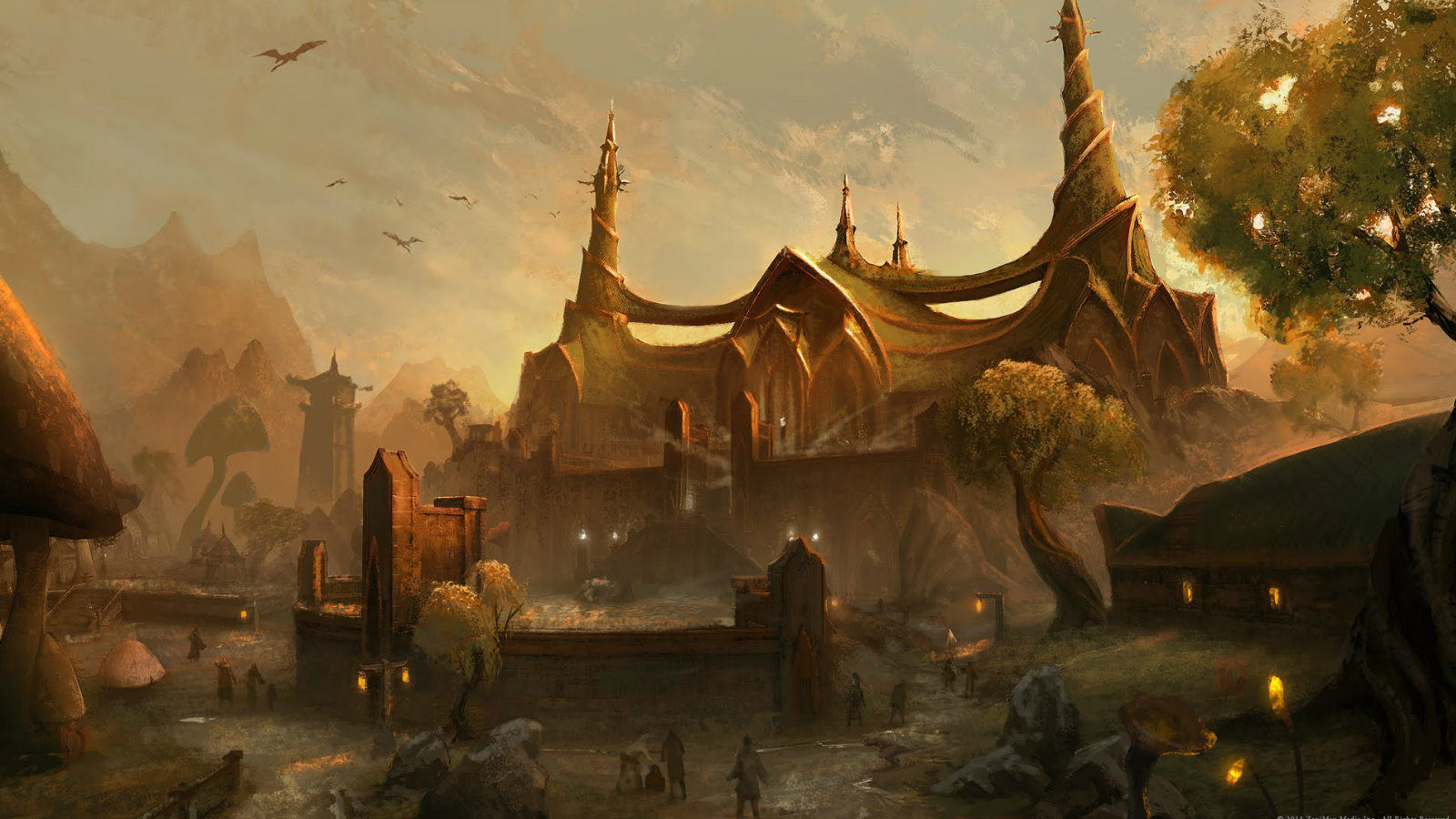
Home to: The Argonians (i.e. the lizard people)
What’s it like?
Humid, hot, and sticky. Part swamp, part rainforest, you’re not likely to find many roads in Black Marsh. Instead there are winding waterways dotted through the country, somewhat breaking up the towering trees and tendrils. Neighbour to Morrowind and Cyrodiil, Black Marsh isn’t somewhere you want to visit unless you have to as it’s exceptionally difficult to navigate. Mostly because the seething air is filled with dangerous diseases, which the Argonians have built up a natural resistance to. It’s not exactly hospitable.
Why should it be revisited in Elder Scrolls?
For a start, it’s a location unlike anything the Elder Scrolls has seen before. It would feel utterly like you were walking through a different world, and the opportunity for original stories is massive. For a start, the Dunmer from Morrowind regularly raided Black Marsh for Argonian slaves, so there’s plenty of tension between the races (even if the raiding has now ceased). Perhaps if you were to make your character a Dunmer you’d be treated with hostility from the local Argonians, making it a charisma challenge to persuade them you’re trustworthy. A palpable sense of danger could be an undercurrent in the settlements near the Morrowind border, with some hearty mistrust of the grey-skinned elves. Trying to heal the wounds the slave trade left could be a central questline, although you’d have to ask yourself how far the Argonians’ anger can (or should be) be quelled, and how far all the Dunmer are to blame for the atrocities the lizard-people suffered.
Or there could be a similar invasion attempt by the Imperials, trying to bring Black Marsh under their yoke after a successful campaign in Skyrim (depending on who you sided with). Like the Burma campaign from World War 2, Argonians are highly skilled in guerrilla tactics and the Imperials could make the same mistakes as the Allied forces did initially, such as not adapting their tactics to suit the environment. With their fighting force at risk of dying from disease, starvation, or terrain-induced injuries like broken limbs, the Black Marsh could become a symbolic territory to conquer in order to boost Imperial morale. It would serve as a harsh reminder to treat the environment as an enemy to be conquered as well as the actual nation you’ve decided to fight against.
Elsweyr
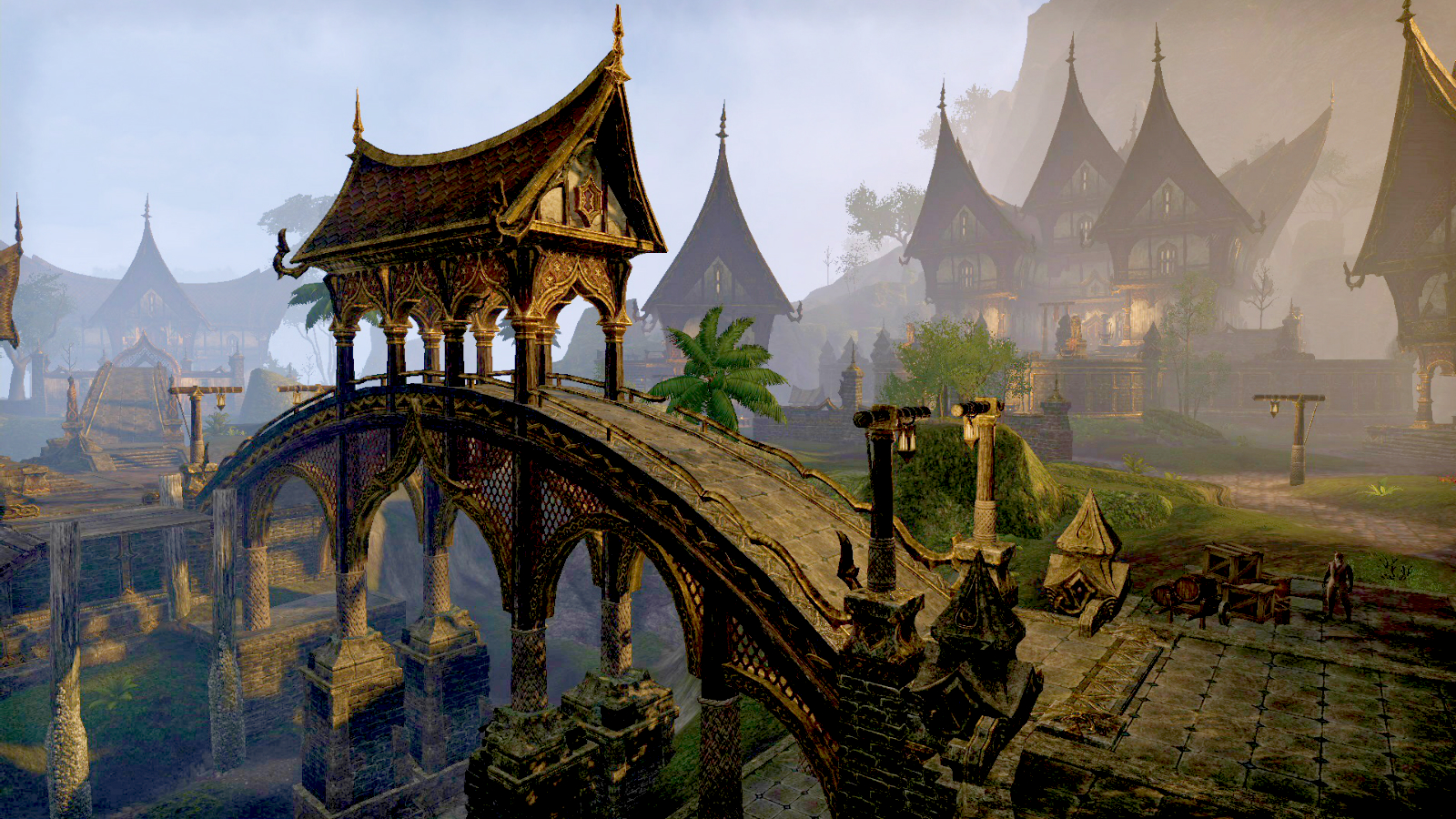
Home to: The Khajit (otherwise known as refer-to-self-in-third-person catfolk)
What’s it like?
The Khajit’s homeland is split between sandy zones and dense jungle-like forests. The feline traders in Skyrim speak predominantly of deserts and warmth, meaning they hail from Anequina in the North, a region of desert-like, barren badlands. To the south there’s the thick forests of Pelletine which border on being as tropical as Black Marsh. Your place in society depends on where you come from, as in Pelletine there’s a Khajit aristocracy who have moon sugar plantations. Anequina is filled with nomadic tribes, who make up the traders you’ll have come across in Skyrim.
Weekly digests, tales from the communities you love, and more
Why should it be revisited in Elder Scrolls?
Imagine it: you’re roaming across a barren desert populated only by occasional tents and half-dead trees. On the horizon is a band of vibrant green, which you walk through to find manicured estates and well-trodden tracks leading to and from trade hubs. Done right it would look phenomenal. Consider this too - moon sugar and skooma might be illegal in most of Tamriel, but by the sounds of it it’s a legitimate business in Elsweyr. Perhaps you’re sent on a mission by the Imperials to shut down the production at the source. But upon turning up at one of the aristocrats’ estates, you’re faced with a dilemma: shouldn’t people be allowed to consume what they wish? Like the debate surrounding the legalisation of marijuana, decriminalising moon sugar and skooma means it can be taxed, controlled, and made as safe as possible for consumers.
Or you could be instructed to open up a more efficient trade industry in Elsweyr. Efforts to introduce Eastern goods could be met with either hostility by the Khajit, as some of them value nomadic trading as inherent to the Khajit identity. Semi-permanent cities have already sprung up along already-existing trade routes, which some of the felines might see as threatening the traditional Khajit way of life. Young entrepreneurs who have visited Skyrim or Cyrodiil will know all too well how their people are seen as thieves and drug-pushers. Dressing more like the Imperials, getting rid of their conventional dress and adopting Imperial etiquette (perhaps even ceasing referring to themselves in the third person) to placate the prejudiced human population is sure to ruffle some fur.
Valenwood
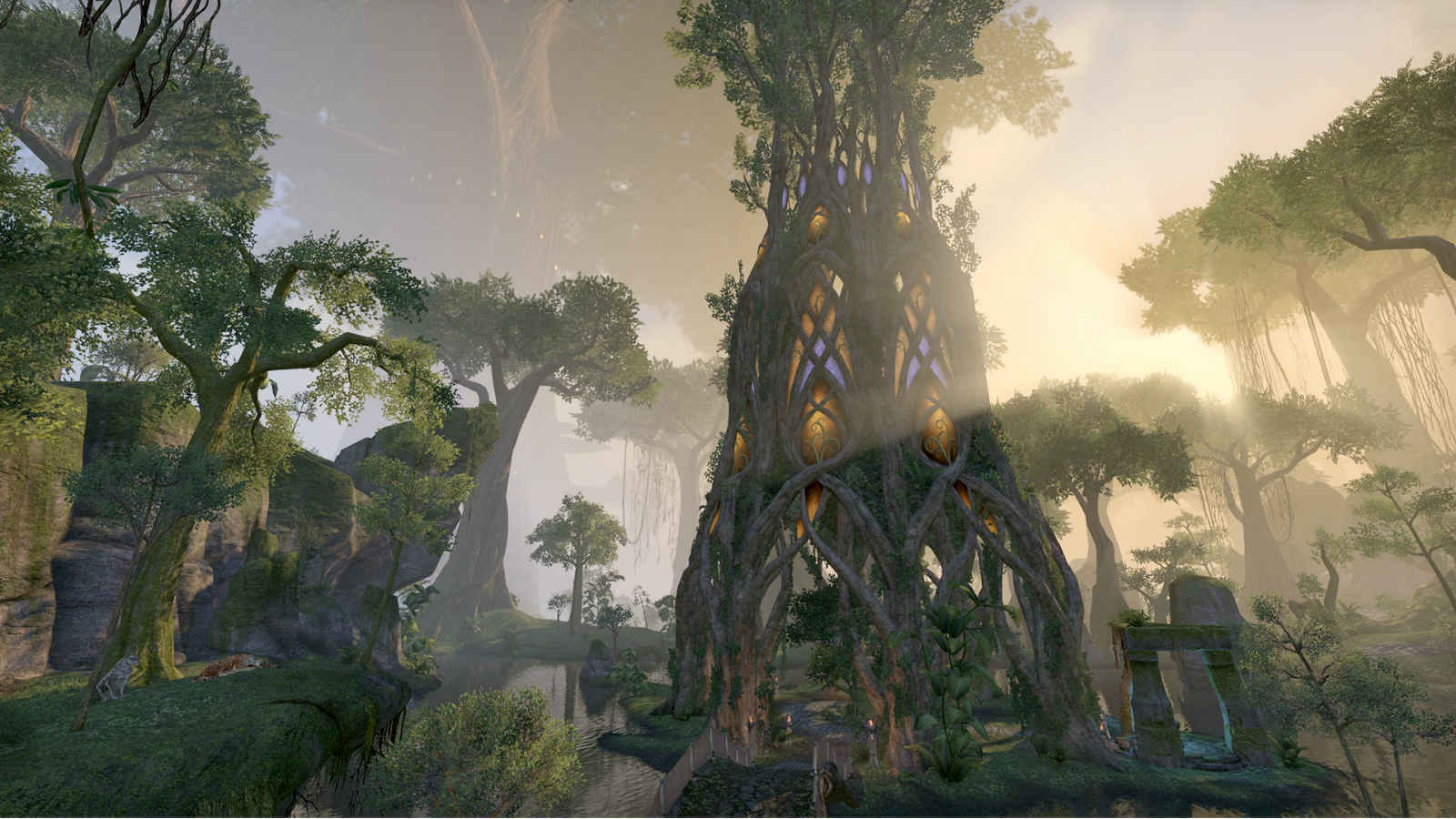
Home to: The Bosmer (known by many as the archery-mad wood elves)
What’s it like?
One giant rugged, lush forest filled with graht-oaks (giant moving trees with cities built in their branches), Valenwood is an Ent’s dream. Other parts of the Bosmer’s domain are largely uninhabited, with the coast dotted with mangrove swamps. Some Bosmer live in scattered clanhouses around the world, although there aren’t that many roads connecting them. After all, what’s the point when Valenwood’s major cities move around from day-to-day? Occasionally grasslands will appear on treks through the landscape - there’s a reason Valenwood is called ‘a sea of endless green’.
Why should it be revisited in Elder Scrolls?
Everyone knows that the Imperials invaded Skyrim in the hope of making it a more compliant member of the Empire. The Aldmeri Dominion - who are currently uneasy allies with the Empire - have done exactly the same with Valenwood, although they’re taking it way too seriously. In Skyrim there was a sniff of a rumour that the Aldmeri Dominion are ‘cleansing’ Valenwood of undesirables. Not good. You could get acquainted with asylum-seekers and refugees from the settlements who have been targeted by the Aldmeri Dominion, and become embroiled in the efforts to reclaim their homes.
Or the aristocratic merchants of Cyrodiil could team up with the mages of High Rock when they find out that the graht-oak wood has some exceptional magical qualities. Bosmer are unlikely to respond well to this sacrilege of their beloved migratory trees, so a war could be afoot.
Orsinium

Home to: Orcs (‘Nuff said)
What’s it like?
Not so much a country, Orsinium is a large city-state. Granted, this does go against what you’d usually expect from Orcs, considering their tribal lifestyle. A complex, tangled web of alleys and streets would await explorers, presenting us with a city on a scale never seen before in the Elder Scrolls. Each district could be the size of a small town, with a massive central hub that epitomises what it means to be an orc. I’m picturing fighting arenas, blacksmiths, and lots of brawls. Stone walls could fence in huge tracts of land, marking them as belonging to Orsinium, with some looming threat on the other side.
Why should it be revisited in Elder Scrolls?
Historically, previous versions of Orsinium have failed to be recognised as a state in its own right because of the popular idea of orcs being belligerent barbarians. Often treated with suspicion by neighbouring cities, the Orcs ruling Orsinium could begin a drive to strike up diplomatic ties with its neighbours to legitimise its status. But talking instead of fighting is sure to displease some traditional Orcs. Going hand-in-hand with that diplomatic struggle, a handful of tribes are sure to disagree with the philosophy behind Orsinium on principle. Does it go against what it means to be an Orc to settle and parley with other countries instead of taking what is rightfully yours by force?
Sent by Orsinium to argue their case for independence with High Rock or Cyrodiil, your every action could be treated with disdain by outsiders as they don’t recognise your authority. As a new city fighting for the right to be recognised as autonomous, Orsinium could be a symbolic outpost for those who want a fresh start or feel like they don’t have a home: refugees from Valenwood, Khajit who want to settle down, Altmer who are fed up with their race’s xenophobia, or just disillusioned citizens of various countries.
10 games like Skyrim that'll satisfy your need for adventure
High Rock
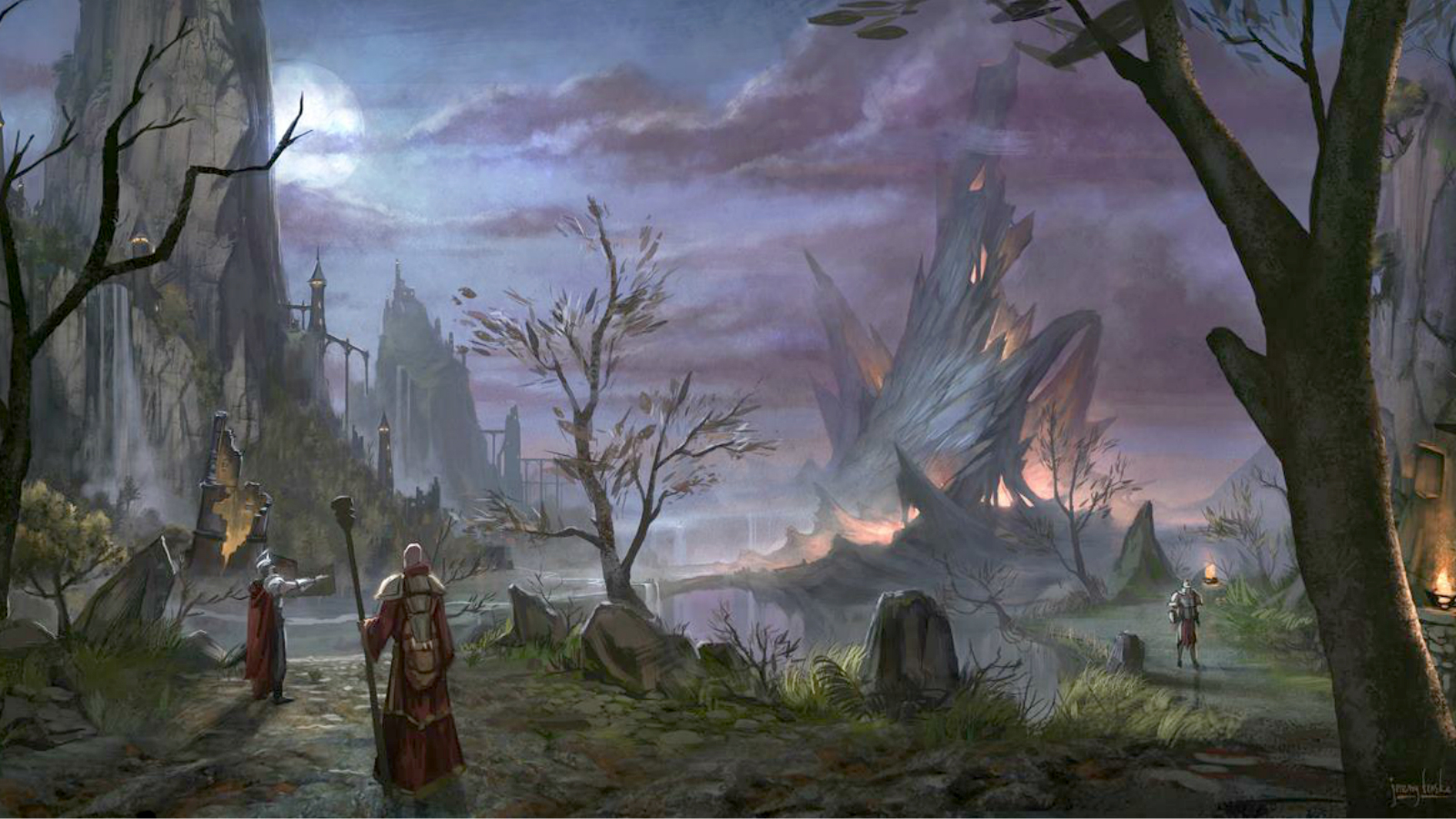
Home to: Bretons (the most magical of all humans)
What’s it like?
Complex. Living in a highly class-dependent society, those from High Rock are comprised of a noble elite, a mercantile middle class, and peasants. Its terrain is just as varied: in the northern Wrothgarian Mountains there are forests, there’s the midland grassy countryside of North Kambria, and a smattering of cities lay along Iliac Bay, taking advantage of being at the water’s edge for trade. Castles, small villages, and towns dot the landscape in between these key locations, so there’s plenty of places to visit.
Why should it be revisited in Elder Scrolls?
In Skyrim the biggest dig at your class was when an Altmer would look down their nose at you for not having their gold skin. High Rock makes Altmer look like they’d practically welcome you with open arms, as here the classes are incredibly divided but also somehow indistinguishable from each other to outsiders. The noble class is crammed with titles, fiddly family lines, and claims to various bits of property which bewilders anyone who’s not from High Rock. This social complexity is sure to have fostered quite a bit of class tension.
The time is ripe for a revolution - perhaps similar to the French revolution - where High Rock’s nobility are attacked by the middle and lower classes out of frustration for seeing them so preoccupied with petty family squabbles. Leaving a void at the top of society when some flee, you could be tasked with restoring order. But whereas some revolutionists genuinely seek social change, others merely want to seize power for themselves.
As Bretons have a natural affinity for magic, children are tested at a young age for skill with the arcane arts. A scandal could break that the children aren’t being treated well during these tests, or that some parents - maybe even tutors they’ve hired to improve their child’s chances at testing positive for magical skill - have been mistreating their sons and daughters in the process. Trauma might awaken some latent magical abilities - who knows. Independent mages and medicine men in the Wrothgarian Mountains could see a sudden uptake in pupils as the populace gets disillusioned with institutional magic studies.
Summerset Isles
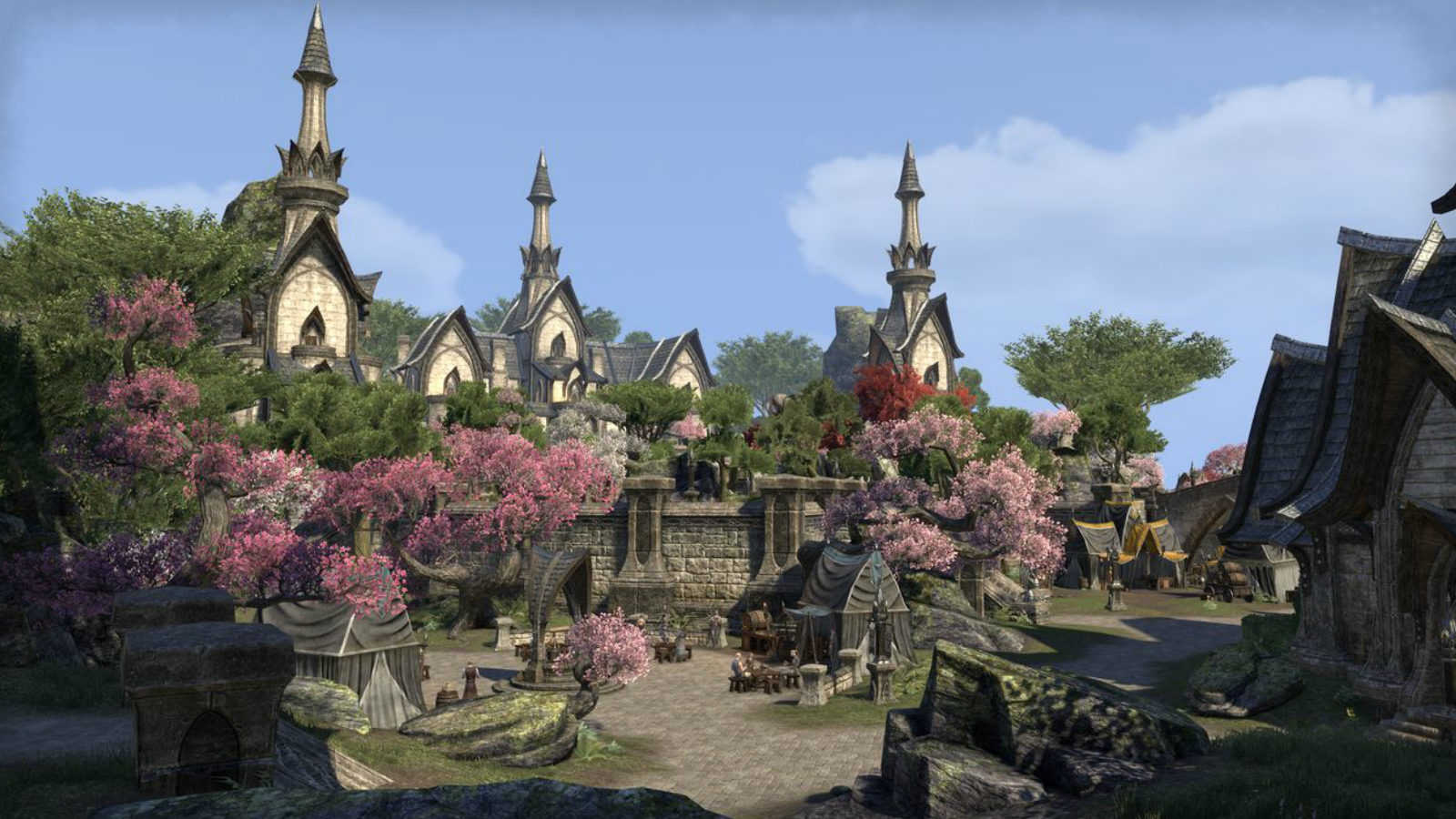
Home to: Holier-than-thou, golden-skinned Altmer/high elves (who think they’re better than everyone else)
What’s it like?
Stunningly beautiful, apparently. Humans have described Alinor (the capital city of Summerset Isles) as being “made from glass or insect wings". Others say the city is “designed to catch the light of the sun and break it to its component colors, which lie draped across its stones until you are thankful for nightfall”. Summerset Isles is technically made up of five islands: Summerset, a rich fertile grassland dotted with woods; Auridon, home to port-cities and luscious forests; Artaeum, a mysterious land with orchards, lagoons, and Psijic architecture; and finally Eyevea, a sanctuary for mages and dotted with mushroom trees from its time in Oblivion.
Why should it be revisited in Elder Scrolls?
Be warned: not all that glitters is gold. Most Altmer are xenophobic, snooty elves who delight in looking down their nose at other races. However, all that is at risk (thankfully). With the Empire welcoming Summerset Isles into the fold, new races are beginning to voyage to the islands. This exposure to other cultures has made many young Altmer question the uncompromising elven hierarchy and its hostile attitude towards other races. Massive social shifts could be on the horizon, and you’d be there to witness it.
Obviously there would be a counter-movement to this new open-minded approach from some Altmer. Shaken after the Empire’s defeat in the Skyrim civil war, a nationalist, patriotic uprising would occur, one that takes so much pride in being Altmer that it borders on being downright hostile towards other races. Usually the powers that be get rid of malcontents by exiling them, but you can’t exile a whole generation. Or can you? A government-in-exile solution could occur, with two sides of the political spectrum vying for control of the Summerset Isles after a contentious referendum.
Thras
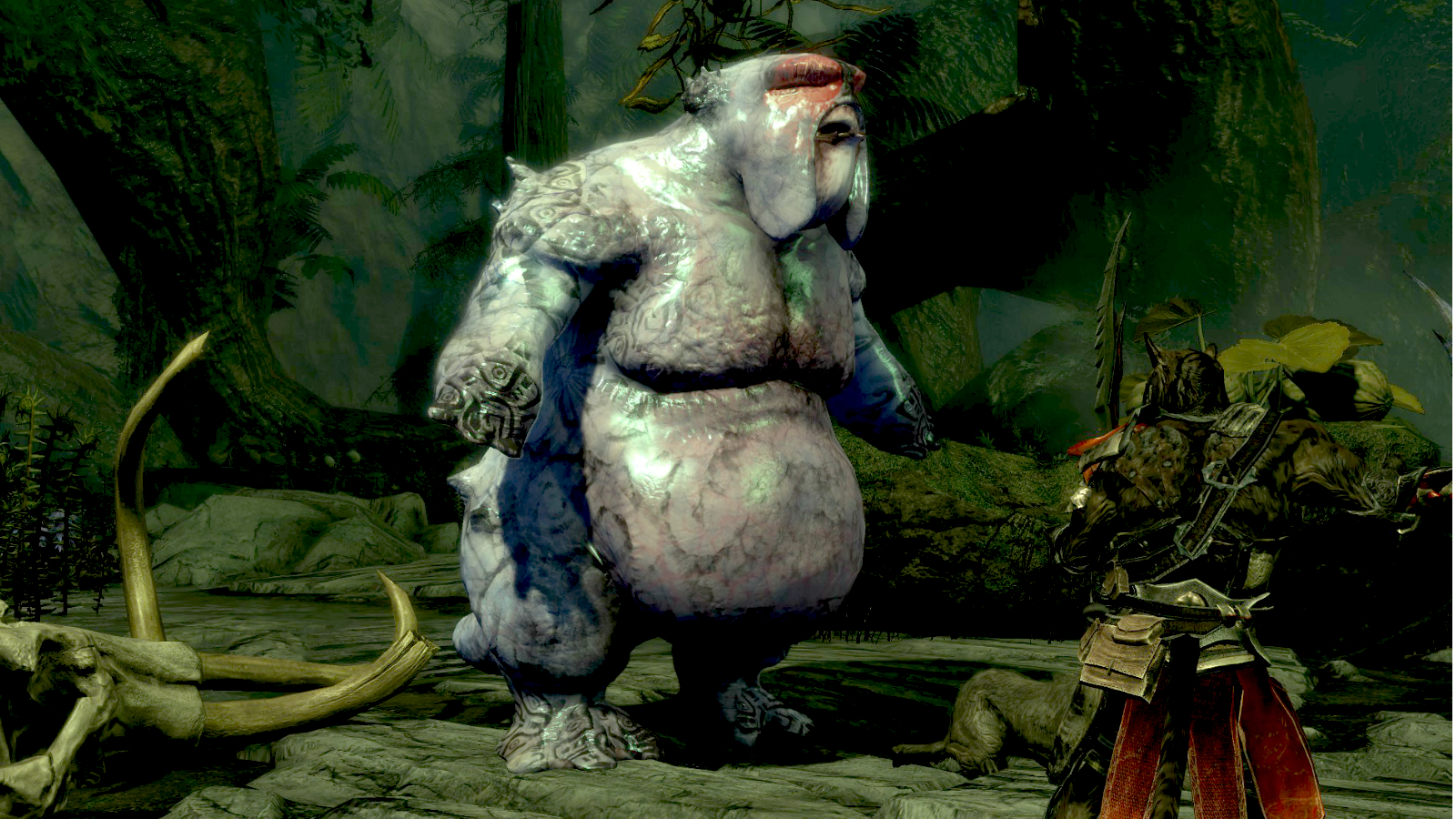
Home to: Sload (Imagine giant, half-slug, half-frog amphibious lumps of slime. That’s them)
What’s it like?
Beautiful, but home to quite possibly the most evil race in the Elder Scrolls world. Also known as the Coral Kingdom, it’s a circle of 16 islands that vary in size depending on the tides (or more ominous factors, like its inhabitant’s penchant for necromancy). In the middle of the ring of islands is a lagoon filled with shipwrecks. The amphibious Sload live there, so considering they’re equally comfortable in sea and on land, Thras quite possibly has an underwater settlement too.
Why should it be revisited in Elder Scrolls?
As home to a historically hostile race, it would be entirely unexpected to include Thras. Sload have made it their lives’ mission to terrorise the elves, but maybe they begin to sue for peace. Not knowing whether they can be trusted or not, you’re sent by a cohort of governments to investigate Thras and come to a conclusion about whether this is one big trick or if the toad-like beings genuinely want a truce.
Necromancy is the Sload’s passion. Thought of as evil and immoral by most of Tamriel, part of the main storyline could be the Sload doing their best to destigmatize it. Does necromancy become alright if you use the criminals’ corpses instead of the bodies of the innocent? The dark magic could be used for good things too - sending more warriors to fight daedra, used to experiment on to find cures for diseases, or even just as unskilled manual labour in cities.
While here at GamesRadar, Zoe was a features writer and video presenter for us. She's since flown the coop and gone on to work at Eurogamer where she's a video producer, and also runs her own Twitch and YouTube channels. She specialises in huge open-world games, true crime, and lore deep-dives.



